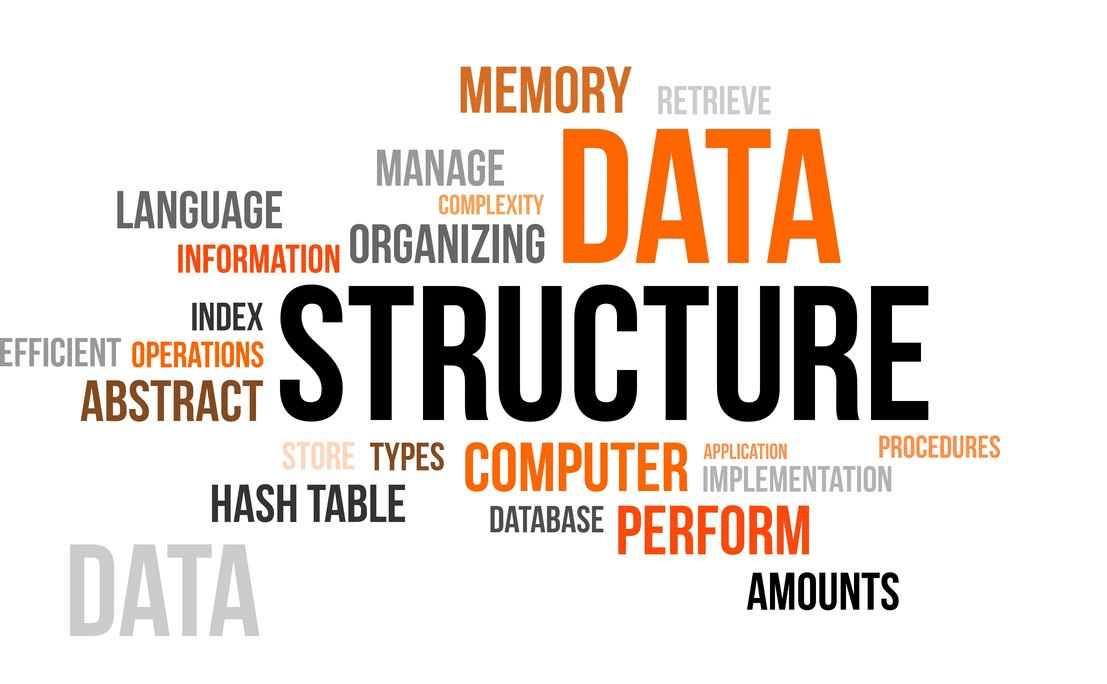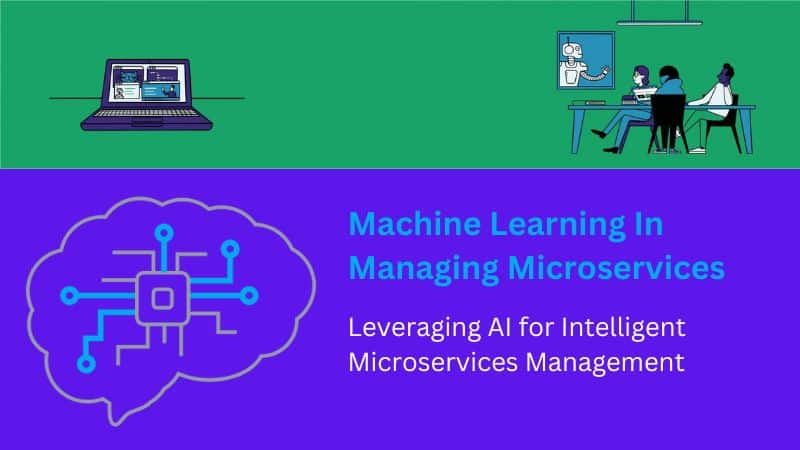Learning data structures in 2023 can be an exciting and rewarding journey, given the continuous advancements in technology and the growing importance of data in various fields. Here’s a step-by-step guide to effectively learn data structures in 2023:
Understanding the Fundamentals:
Begin by grasping the fundamental concepts of data structures, such as arrays, linked lists, stacks, queues, trees, graphs, and hash tables. Familiarize yourself with their properties, operations, and use cases. Consider enrolling in online courses or referring to textbooks and tutorials to build a strong foundation.
Choose a Programming Language:
Select a programming language that best aligns with your interests and career goals to learn data structure. Popular languages for learning data structures include Python, Java, C++, and JavaScript. Focus on understanding how data structures are implemented in your chosen language.
Online Courses and Tutorials:
Online platforms offer numerous data structure courses with engaging content and hands-on exercises. Platforms like Coursera, Udemy, and edX offer courses taught by experts from reputable universities and organizations. Choose a course that suits your learning style and pace.
Practice Coding Challenges:
Implementing data structures in real-world scenarios is crucial for solidifying your understanding. Participate in coding challenges on platforms like LeetCode, HackerRank, and Codeforces. These platforms provide a wide range of problems that require data structure knowledge to solve efficiently.
Open-Source Projects and GitHub:
Engage with open-source projects on GitHub that involve data structures. Contribute to the projects and collaborate with other developers. This hands-on experience will enhance your coding skills and introduce you to real-world coding practices.
Books and Blogs:
Supplement your learning with books and blogs dedicated to data structures. Look for authoritative titles such as “Introduction to Algorithms” by Cormen, Leiserson, Rivest, and Stein or “Data Structures and Algorithms in Python” by Goodrich, Tamassia, and Goldwasser.
Join Coding Communities:
Participate in coding forums and communities like Stack Overflow and Reddit. Engage in discussions, ask questions, and share your knowledge. These communities can provide valuable insights and help you overcome challenges.
Explore Data Structure Libraries:
Familiarize yourself with data structure libraries and packages available in your chosen programming language. For example, Python offers built-in data structures like lists and dictionaries, while Java provides collections in the java.util package.
Data Structure Visualization:
Visualizing data structures can enhance your understanding. Use online tools and resources that offer interactive visualizations of various data structures. These visual aids can make abstract concepts easier to comprehend.
Build Projects:
Apply your knowledge by building projects that incorporate data structures. Develop applications that require efficient data handling and manipulation. This practical experience will strengthen your skills and showcase your abilities to potential employers.
Stay Updated:
Keep up with the latest developments in data structures and related technologies. Follow tech blogs, subscribe to newsletters, and attend webinars and conferences to stay informed about industry trends.
Collaborate and Network:
Connect with other learners and professionals interested in data structures. Join online study groups, attend local meetups, and participate in hackathons to collaborate, learn from others, and expand your network.
Conclusion
Remember that learning data structures is a gradual process that requires persistence and practice. Set clear goals, be patient with yourself, and celebrate your progress along the way. By staying committed to your learning journey, you’ll develop a solid foundation in data structures and unlock numerous opportunities in the dynamic world of technology.



